National Gallery of Ireland, Dublin | Art Museum Guide

Source: NTF30, National Gallery of Ireland, Wikipedia, https://en.wikipedia.org/wiki/File:National_Gallery_of_Ireland,_Nov_2017.jpg
The art museum, National Gallery of Ireland, Dublin stands as one of the country’s most important cultural institutions, offering an extraordinary journey through centuries of artistic achievement. Located in the heart of the city on Merrion Square, the museum attracts visitors from around the world who come to admire its diverse and extensive collections. Since its establishment in 1854, the gallery has evolved into a vibrant space that not only preserves Ireland’s rich artistic heritage but also celebrates the global language of art.
The museum’s collection spans European masterpieces, iconic works of Irish art, and carefully curated temporary exhibitions. From the captivating brushwork of Jack B. Yeats to the luminous compositions of Vermeer, each gallery space offers a unique perspective on the evolution of art across time and cultures. Beyond paintings, the museum also houses sculptures, prints, and decorative arts, providing visitors with a well-rounded experience.
With its elegant architecture, modern facilities, and commitment to education, the art museum, National Gallery of Ireland, Dublin serves as both a sanctuary for art lovers and a learning space for curious minds. Whether for quiet reflection, cultural exploration, or academic research, the museum remains an essential destination in Dublin’s vibrant artistic landscape.
Location And Accessibility
The art museum, National Gallery of Ireland, Dublin is ideally situated on Merrion Square West, a central location that places it within easy reach of the city’s most notable attractions. Surrounded by beautiful Georgian architecture and lush parkland, the museum offers visitors a tranquil setting in the heart of the bustling capital. Its proximity to landmarks such as Leinster House, the National Museum of Ireland, and Trinity College makes it an ideal stop on a cultural tour of Dublin.
Public transportation provides excellent access to the museum. Dublin Bus routes, the Luas tram system, and nearby train stations, including Pearse Station, make travel simple for both locals and tourists. For cyclists, bike racks are available close to the entrance, and the area is well-served by Dublin’s public bike-sharing scheme. Visitors who prefer to walk will find the museum easily accessible from various city-center hotels and attractions.
The museum is committed to accessibility for all guests. Wheelchair access is available throughout the galleries, with lifts, ramps, and accessible restrooms provided. Assistance animals are welcome, and staff members are available to support visitors with specific needs. The art museum, National Gallery of Ireland, Dublin ensures that every visitor can enjoy a seamless and inclusive experience.
Historical Background
The art museum, National Gallery of Ireland, Dublin was established in 1854 with the mission of making fine art accessible to the Irish public. Initially, the museum opened with a modest collection of just 112 paintings, a mix of European works and portraits of Irish figures. Over the decades, it has grown into a significant repository of cultural heritage, now housing more than 16,000 works of art.
The original building, designed by architect Francis Fowke, reflected the Victorian era’s dedication to grandeur and cultural prestige. As the collection expanded, so did the museum, with several extensions added over time, including the Millennium Wing, which opened in 2002 to blend modern architecture with the historic structure.
Throughout its history, the museum has benefited from generous donations, bequests, and strategic acquisitions. These have enriched its holdings with works by iconic artists such as Vermeer, Caravaggio, Monet, and Irish masters like Jack B. Yeats. The museum has also played an important role in preserving Ireland’s artistic legacy, documenting the country’s creative journey from the 17th century to the present.
Today, the art museum, National Gallery of Ireland, Dublin stands as a symbol of cultural pride, representing both Ireland’s national identity and its connection to the wider European artistic tradition.
Permanent Collection Highlights
The art museum, National Gallery of Ireland, Dublin is home to an extraordinary permanent collection that spans European and Irish masterpieces from the Middle Ages to the 20th century. Visitors can admire works by celebrated artists such as Vermeer, Caravaggio, Rembrandt, Monet, and Picasso, offering a panoramic view of art history across genres and periods. Each gallery is thoughtfully curated to guide visitors through a visual journey of evolving styles, techniques, and cultural influences.
Among the standout pieces is Johannes Vermeer’s Lady Writing a Letter with Her Maid, a rare gem that showcases the artist’s exquisite handling of light and intimate domestic scenes. Caravaggio’s The Taking of Christ is another highlight, captivating viewers with its dramatic chiaroscuro and emotional intensity. The museum also boasts significant works from the Impressionist era, including Claude Monet’s serene landscapes and Edgar Degas’ elegant depictions of ballet dancers.
Sculpture, decorative arts, and prints complement the painting collection, providing depth and diversity to the museum experience. Carefully displayed across historic and modern gallery spaces, the permanent collection reflects both global artistic excellence and Ireland’s place within this heritage. The art museum, National Gallery of Ireland, Dublin ensures that these treasures remain accessible to future generations while continuing to inspire and educate visitors from around the world.
Irish Art Collection
The art museum, National Gallery of Ireland, Dublin holds one of the most comprehensive collections of Irish art in the world, celebrating the nation’s artistic legacy from the 17th century to contemporary times. This collection reflects the evolution of Ireland’s cultural identity, with works spanning portraiture, landscapes, historical scenes, and modernist expressions.
One of the most celebrated figures in the collection is Jack B. Yeats, whose vibrant colors and expressive brushwork capture the spirit and drama of Irish life. His paintings, such as The Liffey Swim, offer a lively and deeply personal perspective on national themes. The gallery also features the works of Sir John Lavery, renowned for his refined portraits and depictions of significant historical events, and Paul Henry, whose atmospheric landscapes convey the beauty of rural Ireland.
The collection extends beyond painting to include sculpture, prints, and decorative arts, highlighting Ireland’s diverse creative output. It also offers insight into the lives and contributions of lesser-known Irish artists whose work has shaped the country’s visual culture.
By presenting these works alongside European masterpieces, the art museum, National Gallery of Ireland, Dublin places Irish art within a broader artistic conversation, emphasizing both its unique qualities and its connections to global art movements. This approach allows visitors to appreciate the richness and depth of Ireland’s creative heritage.
Architectural Design
The art museum, National Gallery of Ireland, Dublin is an architectural blend of historical charm and modern sophistication. The original building, designed by Francis Fowke in the mid-19th century, showcases the elegance of Victorian architecture with its balanced proportions, ornate detailing, and refined stonework. Over the years, the museum has undergone several expansions to accommodate its growing collection and to enhance the visitor experience.
One of the most notable additions is the Millennium Wing, opened in 2002, designed by architects Benson & Forsyth. This modern extension features clean lines, natural light-filled spaces, and a minimalist aesthetic that contrasts beautifully with the historic galleries while maintaining architectural harmony. The Millennium Wing also provides an inviting entrance from Clare Street, improving public access and circulation within the museum.
Other updates include the refurbishment of the Dargan and Milltown wings, integrating state-of-the-art climate control and lighting systems to protect artworks while creating an optimal viewing environment. The interior spaces are designed to lead visitors naturally from one gallery to the next, with careful attention given to sightlines and transitions between collections.
The art museum, National Gallery of Ireland, Dublin stands as an example of how heritage architecture can be respectfully modernized, balancing preservation with contemporary needs.
European Masterpieces
The art museum, National Gallery of Ireland, Dublin houses an exceptional array of European masterpieces, representing some of the most influential artists and movements in Western art history. This collection spans from the early Renaissance to the 20th century, offering visitors a comprehensive look at Europe’s artistic evolution.
Among the highlights is Johannes Vermeer’s Lady Writing a Letter with Her Maid, celebrated for its delicate lighting and quiet intimacy. Caravaggio’s The Taking of Christ, a dramatic Baroque masterpiece rediscovered in Dublin, captivates viewers with its striking contrasts of light and shadow. Visitors can also admire works by Rembrandt, whose portraits reveal a profound psychological depth, and Francisco de Goya, whose paintings blend social commentary with bold, expressive brushwork.
The collection extends into the Impressionist and Post-Impressionist periods, featuring works by Claude Monet, Edgar Degas, and Paul Cézanne. These paintings showcase the changing approaches to color, perspective, and subject matter during a time of great artistic experimentation.
Displayed in thoughtfully lit galleries, these European masterpieces are arranged to highlight both thematic connections and chronological progression. The art museum, National Gallery of Ireland, Dublin ensures that each work is presented to inspire appreciation, reflection, and deeper understanding of Europe’s rich artistic heritage.
Library And Archive
The art museum, National Gallery of Ireland, Dublin is home to a distinguished library and archive that serves as an invaluable resource for scholars, students, and art enthusiasts. Located within the museum complex, the library houses a vast collection of books, exhibition catalogues, journals, and reference materials related to art history, conservation, and museum studies. Its holdings span multiple languages and time periods, offering insights into both Irish and international artistic traditions.
The archive preserves rare and unique materials, including artists’ letters, photographs, manuscripts, and institutional records that document the history of the museum itself. These resources provide researchers with a deeper understanding of the artistic, cultural, and historical contexts of the works in the collection.
Access to the library and archive is open to the public by appointment, ensuring that visitors can engage in focused study or casual exploration. Staff members are available to assist with research inquiries and to guide visitors toward relevant materials.
By maintaining and expanding these collections, the art museum, National Gallery of Ireland, Dublin not only supports academic study but also fosters a deeper public appreciation of art. The library and archive stand as essential complements to the museum’s galleries, offering knowledge that enriches the visitor experience.
Sculpture And Decorative Arts
The art museum, National Gallery of Ireland, Dublin offers more than paintings—its impressive sculpture and decorative arts collections add depth and variety to the visitor experience. These works highlight the skill and creativity of artists across different mediums and eras.
The sculpture collection features classical, Renaissance, and modern works in marble, bronze, and other materials. Visitors can appreciate finely carved busts, allegorical figures, and modern abstract forms, each reflecting the artistic values of their time. Highlights include pieces that complement the museum’s painting galleries, offering three-dimensional perspectives on shared themes.
In addition to sculpture, the decorative arts collection includes ceramics, glassware, textiles, and ornate furniture. These objects demonstrate the artistry found in everyday and ceremonial items, from intricate porcelain designs to handwoven tapestries. Many pieces reveal connections between fine and applied arts, showcasing craftsmanship as a vital part of cultural heritage.
Special displays rotate periodically, allowing visitors to encounter both well-known works and lesser-seen treasures. Together, the sculptures and decorative arts enrich the art museum, National Gallery of Ireland, Dublin by broadening its narrative beyond canvas and paper, illustrating the diversity of human creativity in tangible, tactile forms.
Museum Café
The art museum, National Gallery of Ireland, Dublin offers visitors a welcoming café where art appreciation meets culinary enjoyment. Conveniently located within the museum premises, the café provides a relaxing environment to unwind after exploring the galleries. Natural light, comfortable seating, and a pleasant atmosphere make it a favorite spot for both museum-goers and locals.
The menu features a range of freshly prepared options, including soups, salads, sandwiches, and hot meals. Seasonal ingredients and locally sourced produce ensure quality and freshness, while vegetarian and vegan dishes cater to diverse dietary needs. For those seeking lighter fare, the café offers artisanal pastries, cakes, and a selection of teas and specialty coffees.
Visitors can enjoy their refreshments while reflecting on the artworks they’ve seen, with seating areas that offer views of the surrounding architecture or landscaped spaces. The café also provides a convenient meeting point for groups and a comfortable break area for families with children.
Whether for a quick coffee or a leisurely lunch, the art museum, National Gallery of Ireland, Dublin café enhances the overall museum experience, offering a perfect balance of culture and comfort.
Gift Shop
The art museum, National Gallery of Ireland, Dublin features a thoughtfully curated gift shop where visitors can take home a piece of their cultural experience. Located near the museum’s exit, the shop offers a wide selection of items inspired by the museum’s collections and exhibitions.
Art books and exhibition catalogues provide in-depth insights into the works on display, while postcards, posters, and prints allow guests to bring home visual mementos of their favorite pieces. For those seeking unique gifts, the shop carries handcrafted jewelry, ceramics, textiles, and stationery designed by Irish artists and artisans.
Children’s items, such as art-themed puzzles, coloring books, and educational toys, make the shop appealing to younger visitors and families. Seasonal products and exclusive merchandise tied to special exhibitions ensure that there is always something new to discover.
The gift shop also emphasizes quality and authenticity, selecting items that reflect the artistry and cultural significance of the museum’s collections. Whether purchasing a personal keepsake or a thoughtful present, visitors will find the gift shop an essential part of the art museum, National Gallery of Ireland, Dublin experience, extending the joy of art beyond the gallery walls.
Conclusion
The art museum, National Gallery of Ireland, Dublin stands as a cultural landmark, offering an unparalleled journey through Irish and European art. From its impressive permanent collection to engaging temporary exhibitions, the museum provides a rich and varied experience for visitors of all ages. Its blend of historic architecture, modern facilities, and commitment to education ensures it remains both relevant and inspiring. Whether exploring masterpieces, enjoying the café, or browsing the gift shop, every visit offers something memorable. The art museum, National Gallery of Ireland, Dublin continues to be a vital destination for art appreciation in the heart of the city.
Let Us Know What You Think!
Every information you read here are written and curated by Kreafolk's team, carefully pieced together with our creative community in mind. Did you enjoy our contents? Leave a comment below and share your thoughts. Cheers to more creative articles and inspirations!


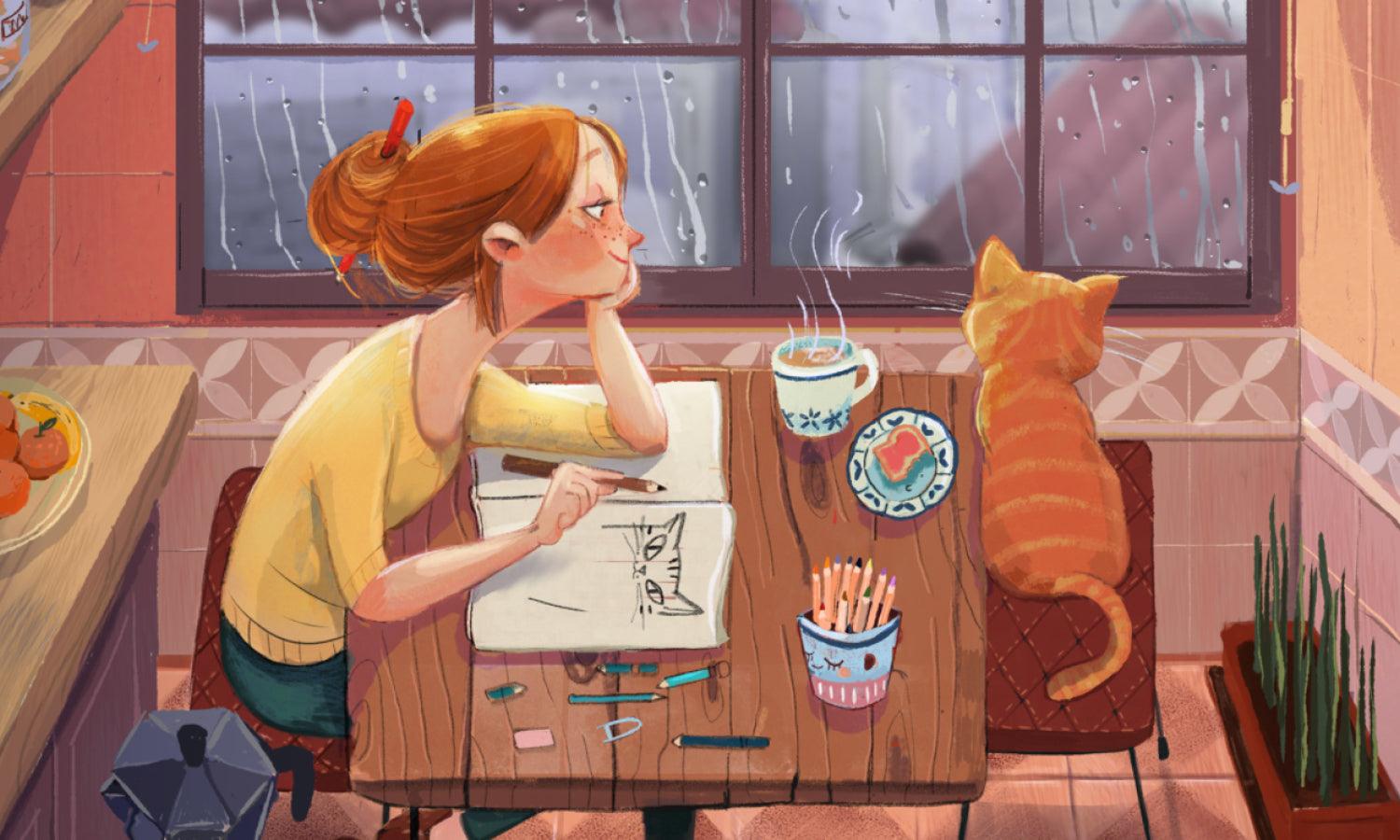
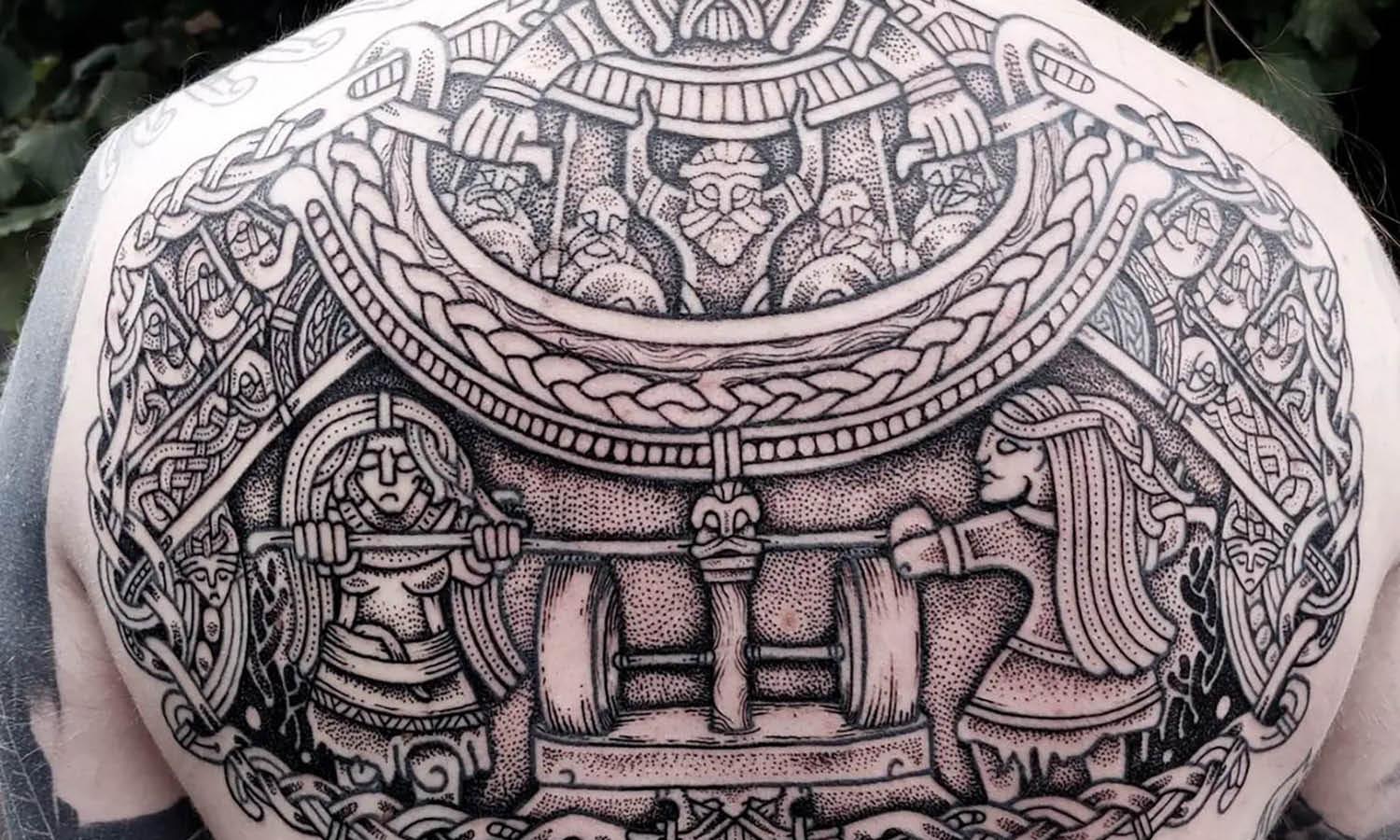
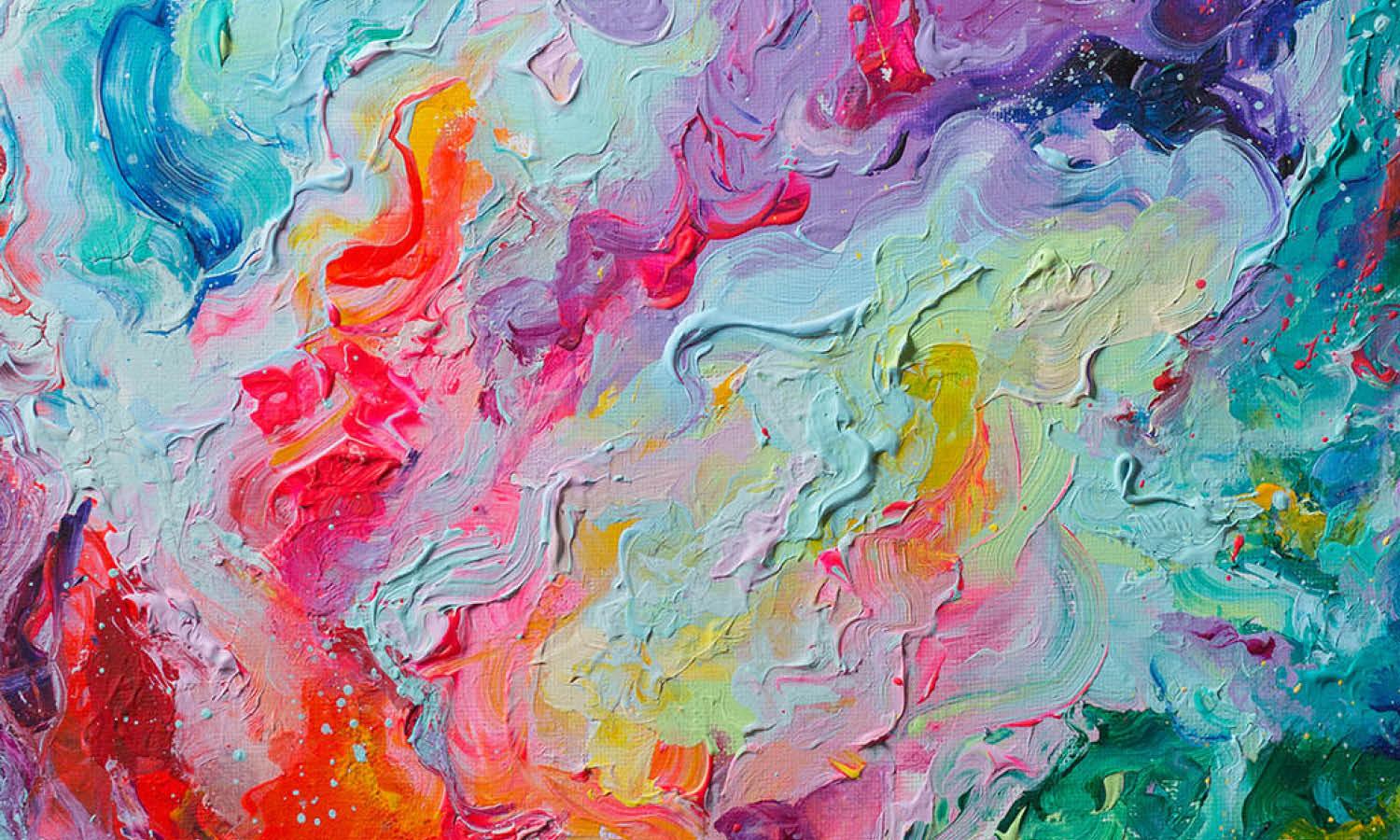
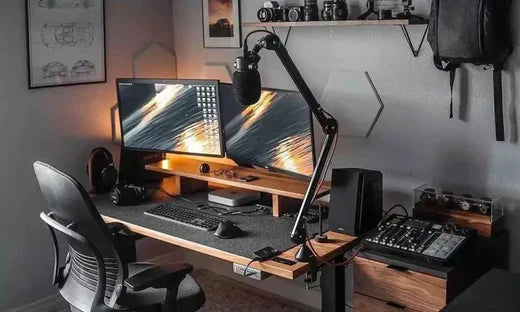


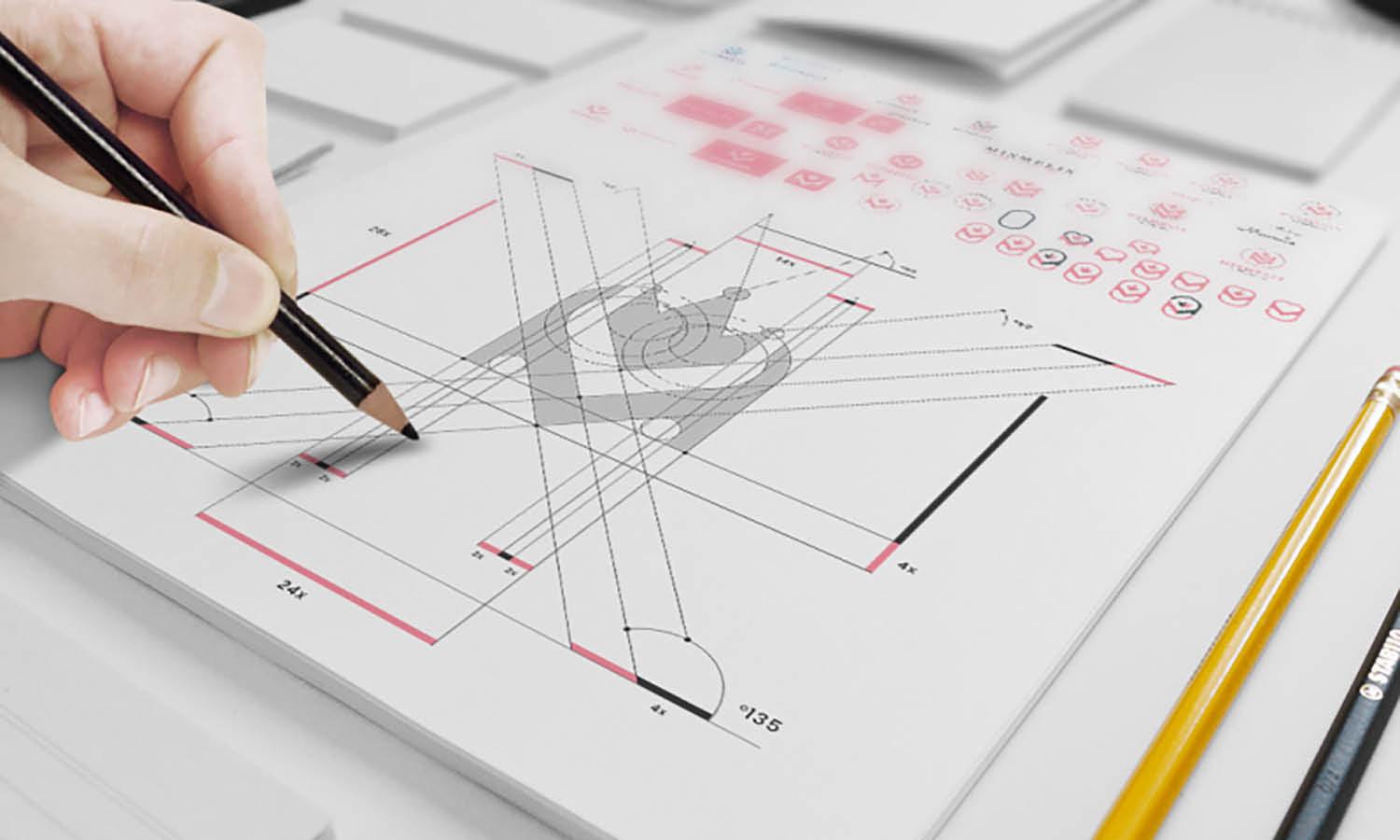







Leave a Comment